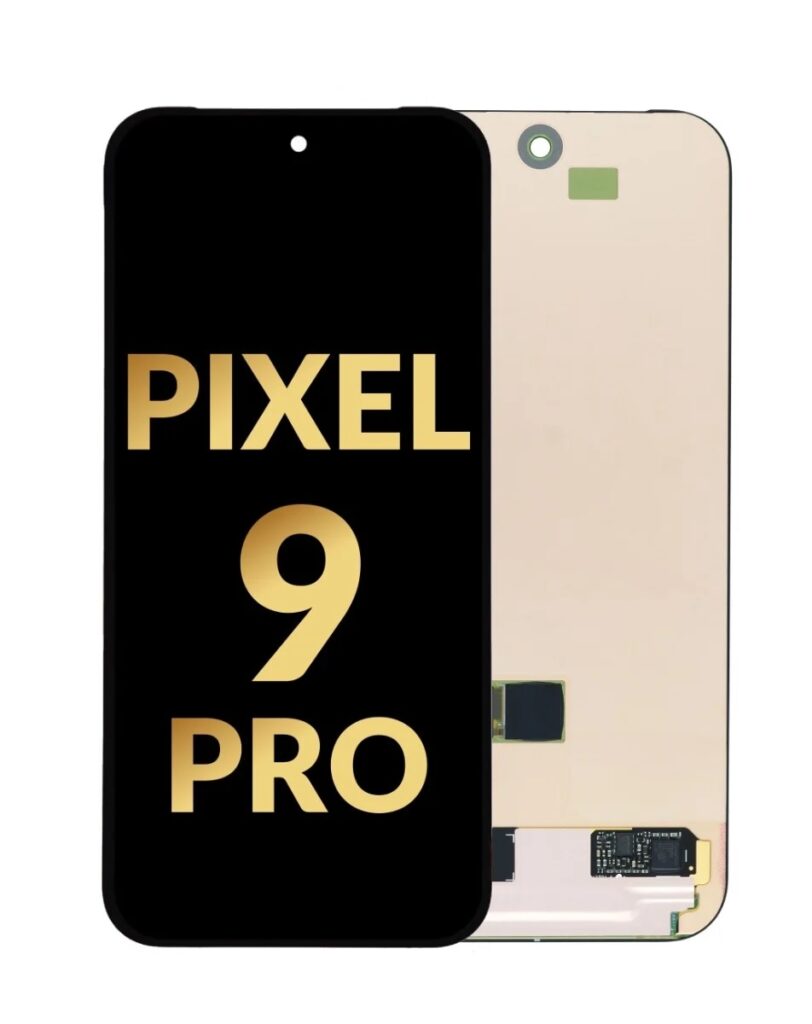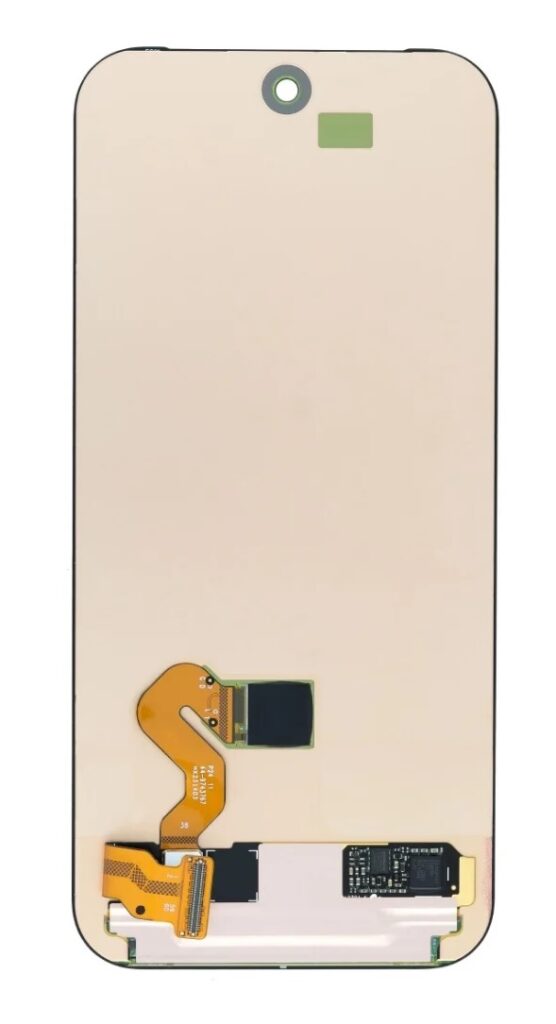
The Google Pixel 9 Pro is a theoretical or rumored device, as it hasn’t been officially announced or released by Google yet (as of December 2024). However, I can provide a detailed explanation of what an LCD (Liquid Crystal Display) might look like in such a device based on trends from previous Pixel devices and general smartphone design.
LCD in Smartphones
Before discussing the specific features of an LCD in a potential Google Pixel 9 Pro, let’s break down what an LCD is, how it works, and how it’s applied in smartphones:
LCD Technology in Google Pixel Series:
Historically, Google’s Pixel phones have used OLED (Organic Light Emitting Diode) displays rather than LCDs for their flagship devices. OLED offers several advantages over LCD, including deeper blacks, better contrast ratios, and lower power consumption. However, the Google Pixel 9 Pro might still adopt an LCD, either for cost reasons, design considerations, or a shift in strategy. Here’s a breakdown of how an LCD would likely perform in a high-end Google Pixel device.
Expected Features in the Google Pixel 9 Pro LCD
Here are some potential features of the Google Pixel 9 Pro LCD, based on trends from previous Pixel devices:
- High Resolution:
- The Pixel 9 Pro would likely come with a QHD+ resolution (likely around 3200 x 1440 pixels), offering sharp text and detailed images. This would ensure that every pixel is sharp and crisp, especially for tasks like browsing, gaming, and watching 4K content.
- It would likely have a high pixel density, around 500–600 pixels per inch (PPI), making the screen extremely sharp.
- High Refresh Rate:
- Google may adopt a 120Hz or 144Hz refresh rate for smoother scrolling, gaming, and interactions. This would bring the Pixel 9 Pro’s display in line with other flagship devices like the Samsung Galaxy or Apple iPhone that are offering similar high-refresh-rate displays.
- Color Accuracy:
- Google’s Pixel devices are known for their accurate color reproduction, and an LCD panel in the Pixel 9 Pro would likely continue this trend. Expect wide color gamuts such as DCI-P3 or sRGB, ensuring vibrant and true-to-life colors, especially for photo editing, media consumption, and app usage.
- HDR Support:
- Although OLED displays are often associated with HDR (High Dynamic Range), an LCD panel could still support HDR10+ or Dolby Vision, ensuring better brightness, contrast, and color accuracy for compatible content. The LCD would have to be very bright to make HDR content look its best.
- Brightness Levels:
- Expect a high peak brightness (around 800-1000 nits), with the ability to reach higher levels in HDR content. This would make the display more legible in bright sunlight, a key feature for premium phones.
- Battery Life:
- LCDs are typically more power-hungry than OLEDs, but if Google chooses a LTPS LCD or Mini-LED, power efficiency would be improved. Battery life could still be competitive with OLED devices, especially since Pixel phones are optimized with software for battery management.
Design Considerations:

- Slim bezels and edge-to-edge screens would likely be a feature of the Pixel 9 Pro, keeping up with the trend of nearly bezel-less displays. The LCD technology used could be adjusted to maintain a slim profile and minimize the gap between the glass and the LCD layers.
- Hole-punch or under-display camera: If Google continues with a hole-punch for the front camera or opts for an under-display camera, it would work seamlessly with the LCD to provide an immersive, uninterrupted screen experience.
Comparison to OLED Displays:
While OLED offers true blacks and thinner profiles, LCDs can still deliver impressive color reproduction, brightness, and sharpness at a lower cost. An LCD on the Pixel 9 Pro would mean sacrifices in contrast and deep blacks, but it could still offer excellent performance in terms of brightness, accuracy, and overall usability.
Potential Benefits of LCD for Pixel 9 Pro:
- Lower Cost: An LCD may make the Pixel 9 Pro more affordable compared to other flagships using OLED displays, allowing Google to offer competitive pricing.
- Battery Efficiency: Advances in LCD technology (like LTPS or Mini-LED) could make it more power-efficient than traditional OLED screens, enhancing battery life.
Conclusion:
In the context of the Google Pixel 9 Pro, the adoption of LCD technology would likely be a strategic choice to balance display quality and production cost. While it may not offer the deep blacks and infinite contrast of OLED, the Pixel 9 Pro would likely feature a high-quality IPS LCD or Mini-LED display with high resolution, color accuracy, and potentially a high refresh rate, making it a strong contender in the premium smartphone market.